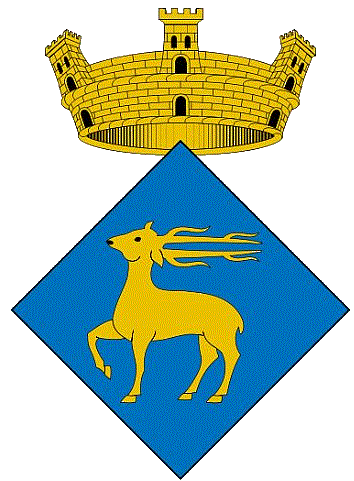Climate is a complex concept that includes all aspects of the environment. Climate classification tries to group them by common features such as patterns of incoming solar radiation, vegetation, soil types, winds, temperatures, air masses etc. It is by no means an easy task and so several different classification schemes have been devised and often modified to reflect changes in the environments or to get more accurate classification. Earliest known classification system was developed during the Classical Greek times and divided the Earth into latitudinal zones.
In general there are two approaches to classifying the climate:
-
empiric methods - used only observed environmental data or values directly derived from them (temperature, humidity, precipitation, evaporation etc.)
-
genetic methods - classify the climate by taking into account all factors (air masses, circulation, solar radiation, topography etc.)
Empirical classifications
Empirical classifications use variables describing the climate system to assign regions to the particular climate type. Empirical classifications are therefore a description of the climate. This means it is much easier and objective to define particular values to particular types and then assign each region to one or the other climate type. Empirical classifications are therefore used more often. The most widely used is probably the Koppen classification scheme, or a modified version that was later developed and is a better reflection of the actual climate, the Trewartha's classification system.
Genetic classifications
Genetic classifications, unlike the empirical, classify the climate based on its causal elements, it is therefore not a description, but rather an explanation of a particular type. On one hand, it is likely to be more accurate as it takes into account more factors, however, they are much more difficult to use because they do not use simple observations and so not used as often as empirical ones. Genetic classifications can use several methods, the most common one are based on:
-
geographic determinants of climate - latitude, continentality, wind belts, effects of mountains; the problem with these stems from the fact they are not quantitative, but rather qualitative, which means the classification is subjective
-
surface energy budget - uses net solar radiation, available energy for water evaporation, available energy for heating the air and subsurface.
-
air mass analyses - most extensively used genetic systems. Most major weather changes are related to the interactions of air masses, which are large bodies of air with relatively homogeneous physical properties.
NOTE: Default values in all calculators correspond to station values, but can be changed by the user.
|
Koppen's
Classification
|
Trewartha's
Classification
|
Alisov's
Classification
|
Thornthwait's
Classification
|
































